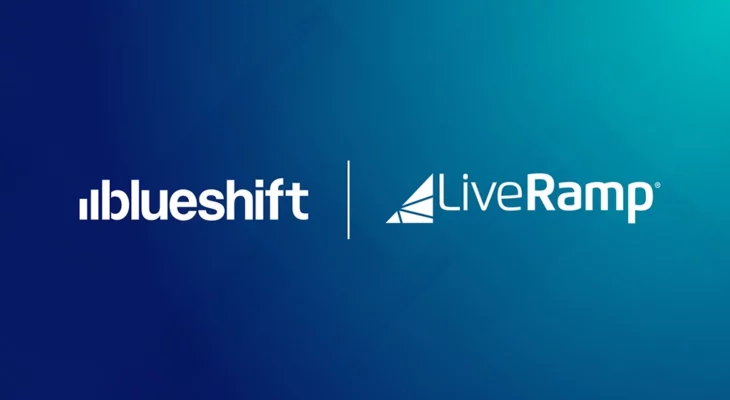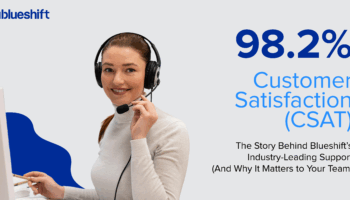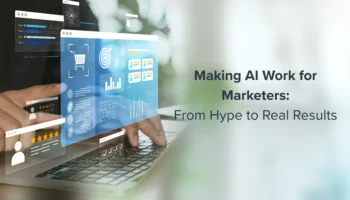Until now first-party data has been a tool primarily for CRM teams. But more and more it’s becoming essential to success across the organization. We’re still seeing 40% of media spend is wasted because marketers struggle to get granular with their ad campaigns. First-party data holds the solution to this problem. And limiting it to a few choice channels isn’t going to cut it with modern consumers whose attention has become more fragmented and spread across ever more channels and devices.
At Blueshift, we help brands deliver relevant, connected experiences across every channel — both owned and paid — by activating the full potential of their data. Using Blueshift’s Audience Syndication, marketers focus their digital advertising on high-value audiences across Facebook, Google, and Criteo by creating and syncing precise audiences built within Blueshift leveraging their unified first-party data.
Now, to help brands get more selective and efficient with ad spend across all digital channels, Blueshift has teamed up with LiveRamp, the leading data connectivity platform for the safe and effective use of data, to extend Audience Syndication to all your favorite digital media platforms. LiveRamp connects the customer-level data and intelligence within Blueshift to its vast partner network so brands can deliver relevant ads across the entire digital media ecosystem.
“With Blueshift’s Audiences Syndication we’ve decreased our CPA by about 10% across a range of business verticals’ advertising programs. We can easily create audiences using unified data from across our CRM, website, and more to hone-in on high-propensity users and suppress bad targets across our digital acquisition channels such as Facebook and Google. The operational efficiency provided by the seamless integrations is valuable to the marketing organization.” – Sean McGinty, Director of Product Marketing Consumer Products, LendingTree.




